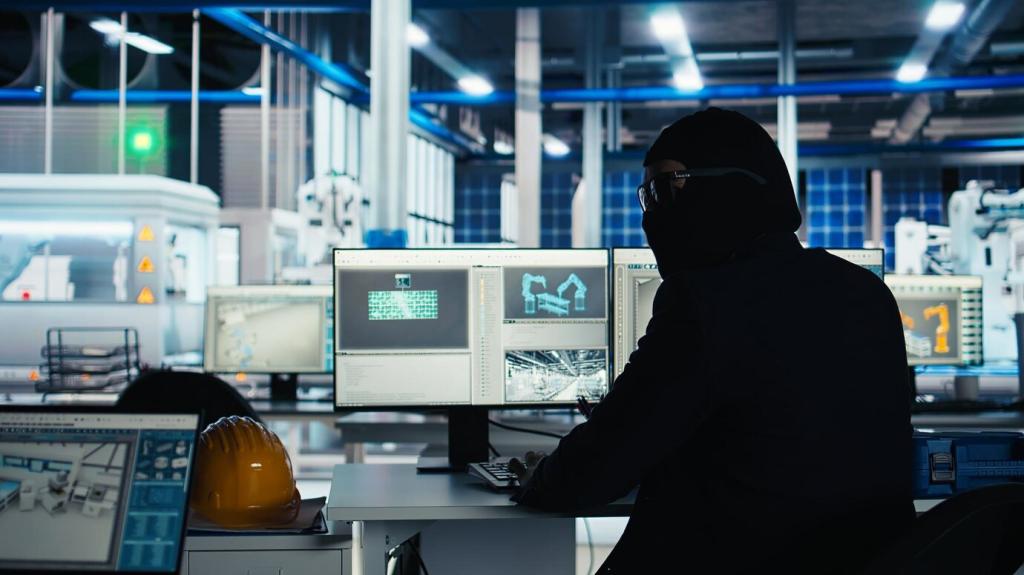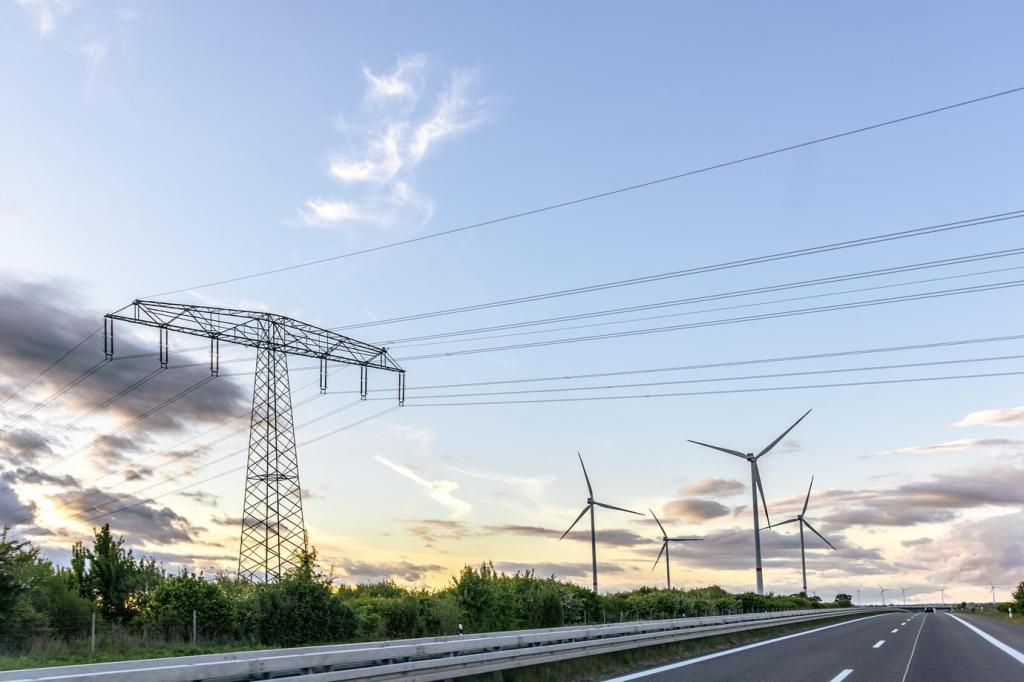LED Lighting for Energy Conservation: Shine Smarter at Home
Chosen theme: LED Lighting for Energy Conservation. Welcome to a bright, practical home base for people who want comfort, style, and measurable savings. Explore stories, science, and small steps that add up—and subscribe to keep fresh ideas glowing.
Why LEDs Are the Brightest Path to Conservation
From Heat Loss to Light Gain
Incandescent bulbs waste most of their energy as heat, not light. LEDs flip that equation, sipping power while staying cool and comfortable. Less heat means safer fixtures, calmer summers, and measurable conservation every single day. Share your first swap story in the comments.
Savings You Can See on the Bill
Many households see lighting energy drop by half or more after switching to LEDs, with bulbs lasting many times longer. Track your first month’s bill, then tell us what changed, where you noticed savings, and what surprised you.
A Weekend Swap that Changed a Routine
Last spring, Maya replaced eight old bulbs in her kitchen with warm-white LEDs. The room felt brighter, the oven area stayed cooler, and her electric bill dipped noticeably. She posted photos and inspired three neighbors; share your before-and-after, too.
Choosing the Right LED for Every Space
Choose warmer tones for bedrooms and living rooms, and cooler tones for kitchens or workspaces. Matching color temperature to activity boosts comfort, reduces eye strain, and keeps conservation effortless because you will actually enjoy using the lights longer.
Hallways, closets, and garages benefit most from sensors that shut off automatically. Add short timeouts to prevent wasted minutes. Families often report fewer forgotten lights and a playful game of who triggered the hallway glow; conservation becomes effortless and fun.


Create an Energy Baseline
Before swapping, note bulb counts, wattage, and typical usage hours. After installing LEDs, repeat the measurements. Share your percentage change and the rooms with the biggest wins, so newcomers can copy what works and speed their own conservation journey.
Translate kWh into Carbon
Seeing fewer kilowatt-hours is satisfying, but linking savings to emissions avoided makes it real. Use local grid factors to estimate reductions, then celebrate in the comments. Your story might be the nudge a neighbor needs to start switching today.
Comfort Counts Too
LEDs run cooler, so kitchens and studios stay more comfortable under bright task light. That means shorter air-conditioning cycles and happier faces. Tell us where cooler fixtures changed your routine, and subscribe for monthly tips focused on energy conservation through lighting.

Color Quality Is Excellent
Early LEDs sometimes looked harsh, but modern options offer high color rendering and beautiful warmth. Try samples in the evening and morning, then choose favorites. Post your comparisons so others learn which bulbs make conservation feel natural in real homes.
Upfront Cost vs Lifetime Value
Yes, LEDs can cost more upfront, yet their long life and low energy use pay back quickly. Fewer replacements mean fewer store trips and less packaging waste. Share your payback story, and invite a friend to start their first swap this weekend.
Disposal and Materials
Many LEDs contain no added mercury, and their long lifespan reduces waste dramatically. Look for local recycling options for fixtures and packaging. Comment with programs you trust, so our community builds a living map that advances conservation alongside better lighting.
